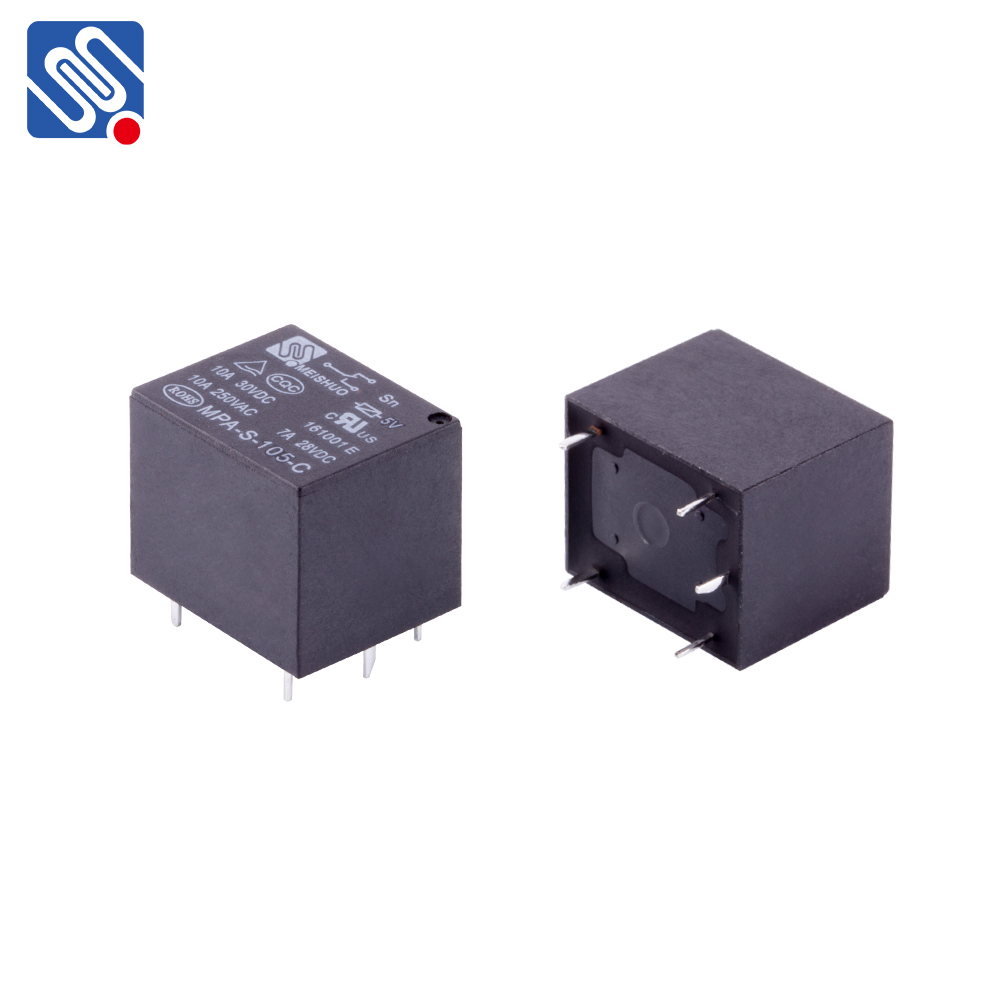understanding switch relays: key components and applications
Release time:2025-11-08 02:23:42
A switch relay is a crucial electronic component used to control electrical circuits, enabling them to be turned on or off through a low-power signal. By acting as an intermediary between a control signal and a larger power system, switch relays are essential in applications where a direct switch would be impractical or unsafe. This article explores the basic principles of switch relays, their types, functions, and applications in various industries.

What is a Switch Relay?
A switch relay is an electromechanical device that uses an electromagnet to control the opening or closing of electrical contacts in a circuit. The primary function of a switch relay is to allow a low-voltage control signal to activate or deactivate a higher-voltage or higher-current circuit. This makes switch relays an ideal solution for controlling power in systems that require isolation between the control circuit and the load circuit.
In simple terms, the relay acts as a remote switch. When a control signal is applied to the coil of the relay, it generates a magnetic field that moves the relay’s switch (contacts) to change the state of the circuit. Once the control signal is removed, the switch returns to its original position.

